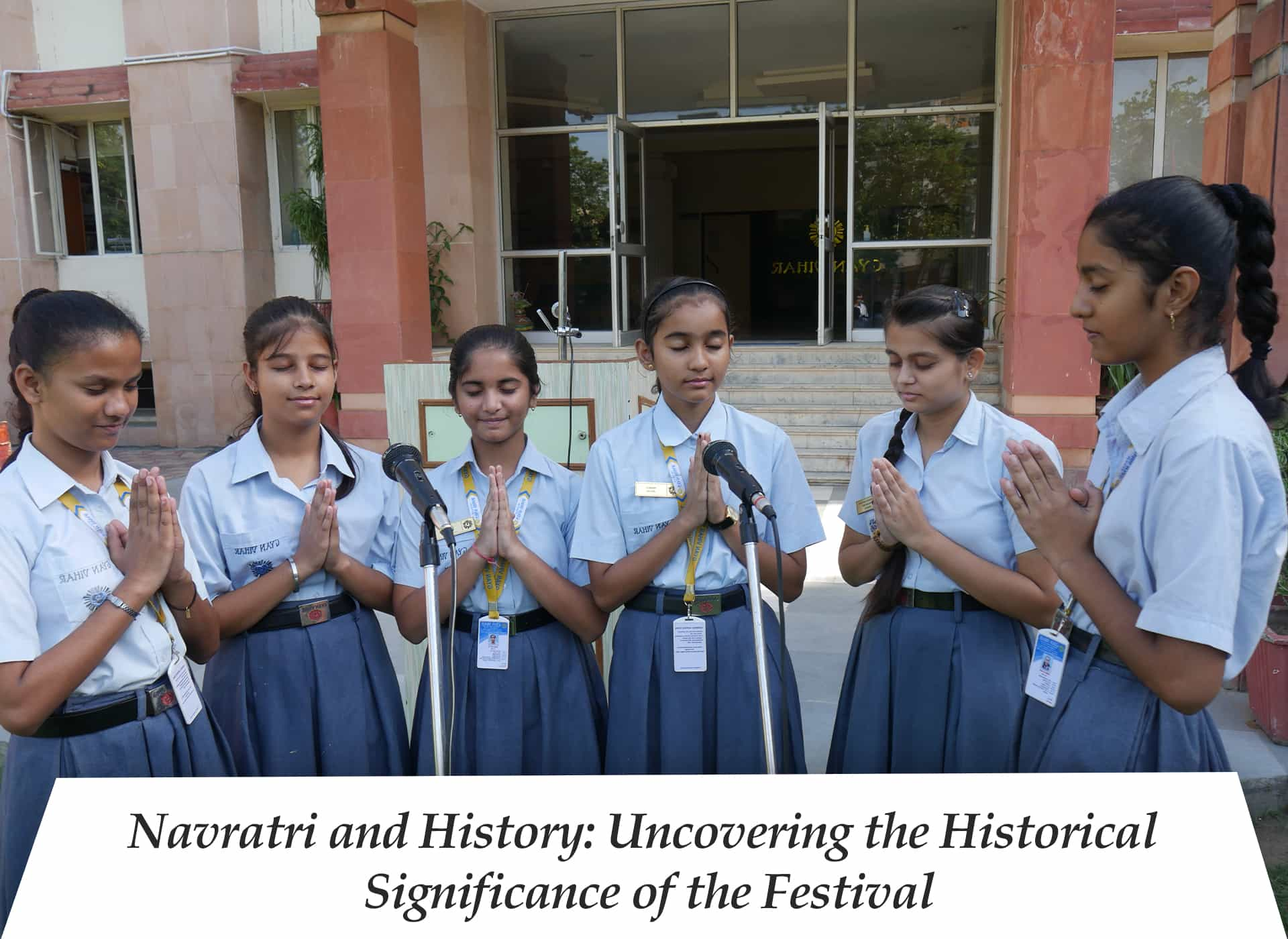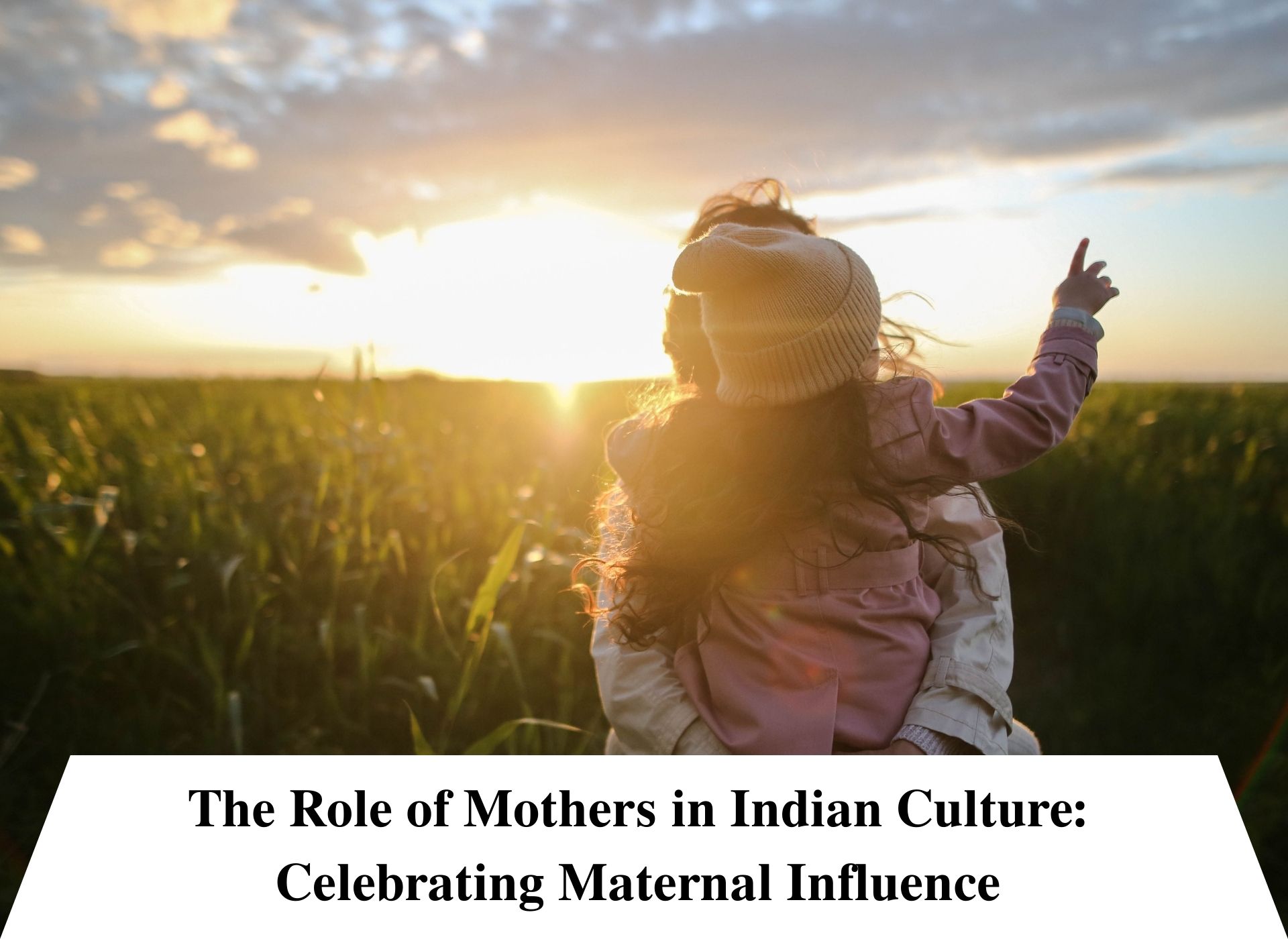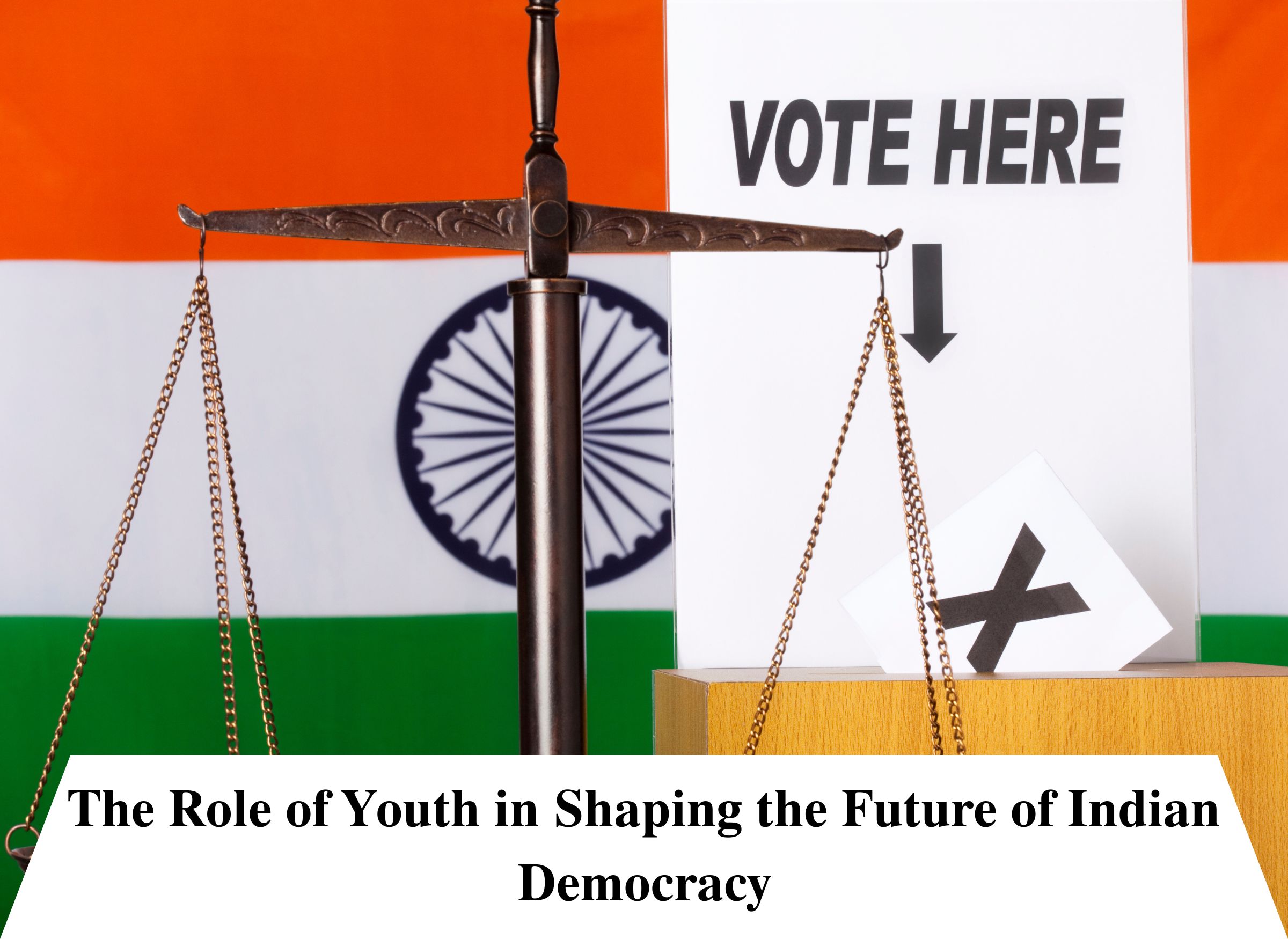Navratri, one of the most celebrated festivals in India, is not only a time of vibrant colors, music, and dance but also holds deep historical significance. At Gyan Vihar School, a distinguished CBSE school in Jaipur, we believe in educating our students not just academically but also about the rich cultural tapestry of our nation. In this blog post, we delve into the historical roots of Navratri, exploring how this festival has evolved over time and the profound significance it carries in our history. Join us on a journey through time as we uncover the historical layers of Navratri.
Navratri: A Festival of Nine Nights
Navratri, which translates to “nine nights,” is celebrated with great fervor and enthusiasm across India. The festival typically occurs in the autumn months of September or October, depending on the Hindu lunar calendar. It is dedicated to the worship of the goddess Durga, who represents the divine feminine energy and symbolizes the triumph of good over evil.
Historical Significance of Navratri:
1. Mythological Origins:
Navratri finds its roots in Hindu mythology. It is believed that the goddess Durga battled the demon Mahishasura for nine days and nights, ultimately defeating him on the tenth day, known as Vijayadashami or Dussehra. This victory symbolizes the triumph of righteousness over evil forces.
2. Harvest Festival:
In some parts of India, Navratri is celebrated as a harvest festival. It marks the end of the monsoon season and the beginning of the harvest season. Farmers invoke the blessings of goddess Durga for a bountiful harvest.
3. Diverse Regional Celebrations:
Navratri is celebrated in diverse ways across India’s regions. In West Bengal, it culminates in Durga Puja, a grand festival honoring the goddess. In Gujarat, it’s synonymous with Garba and Dandiya Raas dances. In Tamil Nadu, it’s celebrated as Golu. These regional variations showcase the festival’s adaptability and its ability to integrate into different cultural contexts.
4. Cultural Diversity:
Navratri reflects the cultural diversity of India. It provides an opportunity for people from various regions and backgrounds to come together and celebrate a shared heritage. The festival promotes unity in diversity.
5. Spiritual Significance:
Navratri is a time of intense spiritual devotion. Many devotees fast, meditate, and engage in prayer during these nine days to seek blessings from the goddess. It’s a period of inner reflection and purification.
6. Symbolism in Dance and Music:
The Garba and Dandiya dances, central to Navratri celebrations in Gujarat, are more than just cultural performances. They symbolize the cyclical nature of life and the rhythm of the universe. The circular dance forms represent the interconnectedness of all living beings.
7. Historical Evolution:
Navratri has evolved over the centuries. It has adapted to changing social and cultural contexts while retaining its core spiritual significance. This historical evolution showcases the festival’s resilience and enduring relevance.
Navratri is not just a festival; it’s a tapestry woven with historical threads that bind us to our past, our culture, and our shared heritage. It reminds us of the eternal battle between good and evil, the importance of harvest and sustenance, and the power of the divine feminine.
At Gyan Vihar School, a prominent CBSE school in Jaipur, we believe in nurturing an understanding of our cultural heritage among our students. Navratri serves as a beautiful reminder of the historical significance of our festivals and the diverse traditions that make India truly incredible.
As we celebrate Navratri, let us also celebrate the history and culture that have shaped this festival into what it is today. May the goddess Durga’s blessings be with us, guiding us toward righteousness and unity, and may Navratri continue to illuminate our lives with its historical brilliance.







